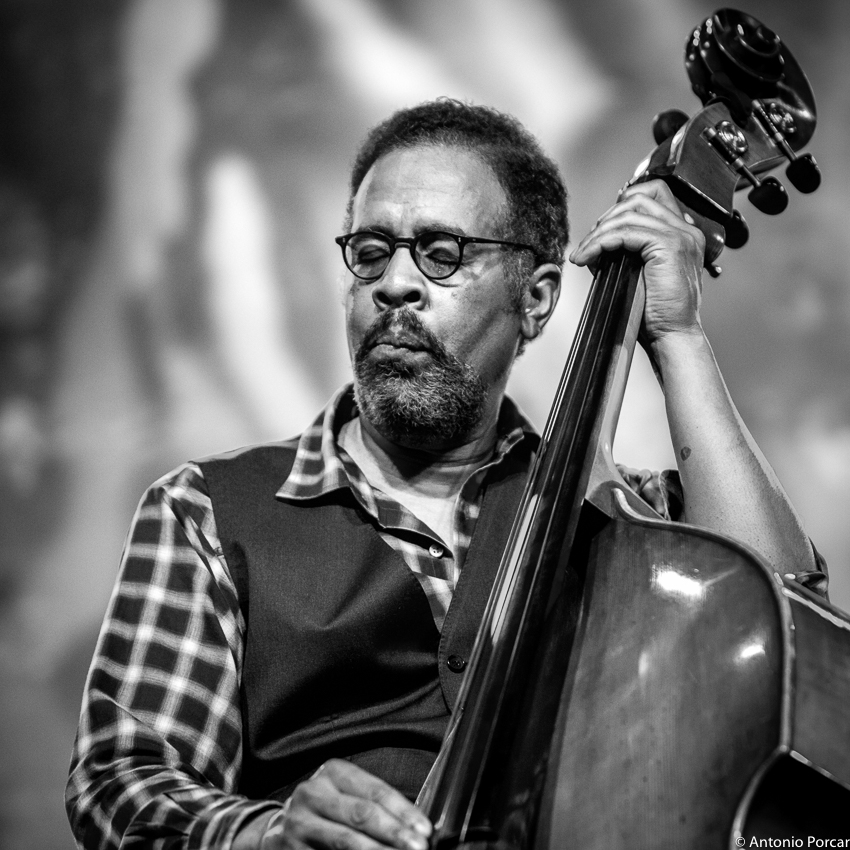Clarke was born in Philadelphia. After graduating from the Philadelphia Musical Academy in 1971, Clarke moved to New York City and began his career working with many famous musicians and bandleaders, including Joe Henderson, Dexter Gordon and Joe Henderson. Return to Forever He joined the jazz fusion band Return to Forever, which Chick Corea led. They became one of the most influential fusion groups, releasing several albums that were both musically diverse and successful. Clarke began his solo career in 1970s. He released several albums under his own name. School Days (1976) is his most well-known album. It, along with Jaco Pastorius’s self-titled debut, is considered one of the best jazz fusion albums ever. Notable are his albums Stanley Clarke (1974), and Journey to Love (1975). Style Clarke’s electric-bass style is a mixture of many factors. Equipment – Clarke is strongly associated with Alembic basses. The vast majority of his recordings have been made with Alembic basses, especially a Series I custom bass. These basses feature a unique active pickup system and are handcrafted neck-through instruments. They are powered by an external preamplifier. Clarke uses full-range amplification for his basses. This is more in line with a keyboardist’s setup than a guitarist’s. Clarke’s tone has a rich, woody sound and an organic taste. Clarke is 6’3″, and his Alembic basses are shorter than the average 34″. The Alembic feels almost like a toy in his hands. Clarke’s large hands and strong musculature give him greater control over the instrument in terms power, range and speed. Clarke’s figures are difficult to play on a smaller bass. Right-hand technique – The Clarke right-hand position has his fingers touching the strings in the same way as an upright bass but with 90 degree rotations. His forearm is placed above the strings and almost parallel to them, while his wrist is bent at almost a right angle. His fingers are partially anchored underneath the strings for solo and lead purposes. This causes the strings to snap against the frets when released, creating a sharp percussive effect. Clarke uses a modified version of Larry Graham’s pop-n-slap technique. He also uses down thrusts to strike two or more strings with his right hand. Examples include “School Days”, “Rock and Roll Jelly”, “Wild Dog”, and “Danger Street”. Stanley Clarke is often regarded as one of the greatest jazz-fusion bassists (c. 1972-1982). Animal Logic After the dissolution of The Police, Clarke formed Animal Logic along with Stewart Copeland (rock drummer) and Deborah Holland (singer-songwriter). Although the trio enjoyed success with their first album, which was also a world tour hit, the second album did not sell well and the band dissolved. He is still working today and has a number of film scores, as well as several albums. He founded the Acoustic Fusion Supergroup TIO in 2005! He toured the Eastern U.S. with Jean-Luc Ponty and Bela Fleck, and they played at all the major Jazz Festivals. Stanley Clarke, an influential bassist, was also the first to prominently use the piccolo bass. Piccolo basses are a type of bass guitar that is tuned one octave above the standard. Clarke’s are typically short-scale (30.75″) and four-string, Carl Thompson, Alembic. Born Jun 30, 1951 in Philadelphia. Genre: Jazz Styles. Fusion, Post-Bop. Jazz-Funk. Contemporary Jazz. Funk Biography. Stanley Clarke is a brilliant musician on both electric and acoustic basses. However, he can still play jazz with the best. As a child, he played accordion. He then switched to cello and violin before switching to bass. He was a member of R.
